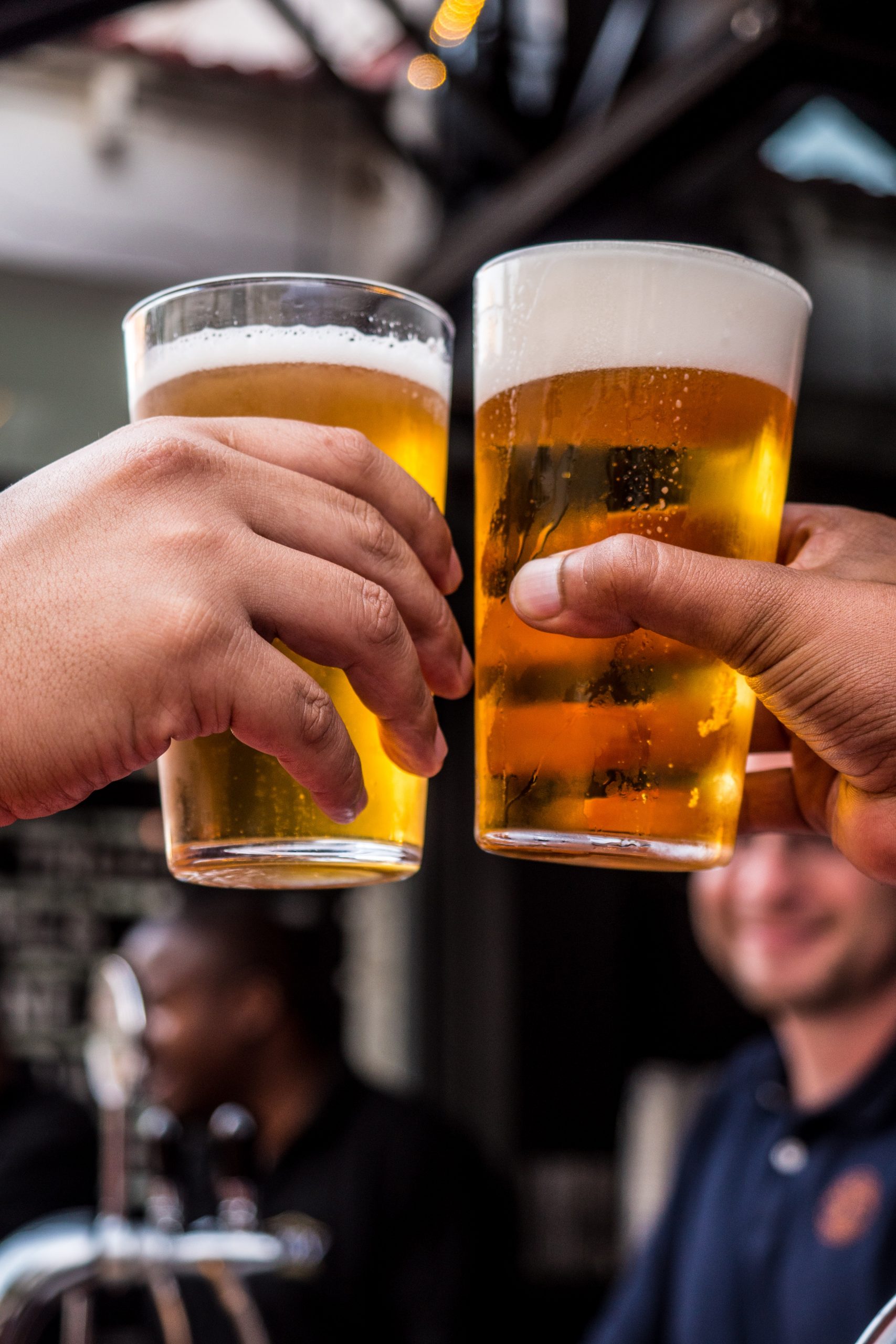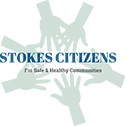“The alcohol industry has said they don’t want minors to drink, but when we counted up the drinks, it was clear that they were making billions of dollars from these sales,” said lead study author Pamela Trangenstein, PhD, assistant professor of health behavior at the UNC Gillings School of Global Public Health. “There is a clear disconnect when an industry advocates prevention, but then makes billions from prevention’s failure.”

The tab for underage drinkers came to $17.5 billion, or 8.6 percent of the alcoholic drinks sold in 2016, according to a new study that showed alcohol companies AB Inbev, MillerCoors and Diageo captured nearly half of the market of youth alcohol sales.
The study by researchers at the University of North Carolina at Chapel Hill, Johns Hopkins University and Boston University is one of the few to capture how much money is made from youth alcohol consumption. And for the first time, researchers were able to attribute those revenues to specific companies.
Identifying popular alcohol brands bolsters a unique strategy: using revenues generated from youth alcohol sales to support underfunded programs to address teen drinking.
Excessive drinking is responsible for 3,500 deaths of those under age 21 each year.
“The alcohol industry has said they don’t want minors to drink, but when we counted up the drinks, it was clear that they were making billions of dollars from these sales,” said lead study author Pamela Trangenstein, PhD, assistant professor of health behavior at the UNC Gillings School of Global Public Health. “There is a clear disconnect when an industry advocates prevention, but then makes billions from prevention’s failure.”
The behavioral expert at Gillings led the study published in the Journal of Studies on Alcohol and Drugs, along with lead study author Raimee Eck, PhD, a researcher at the Johns Hopkins Bloomberg School of Public Health.
Data collected in a landmark report of youth alcohol consumption by brand enabled the authors to calculate the monetary value of youth alcohol consumption in 2011 and 2016. According to their findings, alcohol sales to minors, driven mostly by beer-drinking, reached $20.9 billion in 2011.
While underage consumption has been falling in recent years, alcohol is still the most commonly used substance among youth ages 12-20 in the United States, according to the U.S. Centers for Disease Control and Prevention.
“If alcohol companies are truly committed to preventing youth drinking, they should be willing to put these revenues into an independent agency able to address underage drinking without a conflict of interest,” said study co-author David Jernigan, PhD, director of the Center on Alcohol Marketing and Youth at Boston University and a health behavior researcher at Johns Hopkins.
The Institute of Medicine and National Research Council, the science advisory body for Congress, made a recommendation in their 2003 report on underage drinking to collect .05 percent of revenues made from underage drinking.
In 2006, Congress passed unanimously the first legislation solely devoted to reducing underage drinking. While that legislation authorized $18 million in spending, Congress has never spent the full amount. In fact, Congress recently made permanent the tax break provided to alcohol companies in the 2017 tax cuts.
“Community coalitions in North Carolina and across the country are constantly begging for dollars to support their work on underage drinking,” said Trangenstein. “Our study identifies a clear source for that badly needed funding. Families and communities are paying the price, while big alcohol companies are reaping all the benefits.”
Journal citation: Eck, R. H., Trangenstein, P. J., Siegel, M., & Jernigan, D. H. (2021). Company-specific revenues from underage drinking. Journal of Studies on Alcohol and Drugs, 82, 368–376. doi:10.15288/jsad.2021.82. 368
________________________________________
